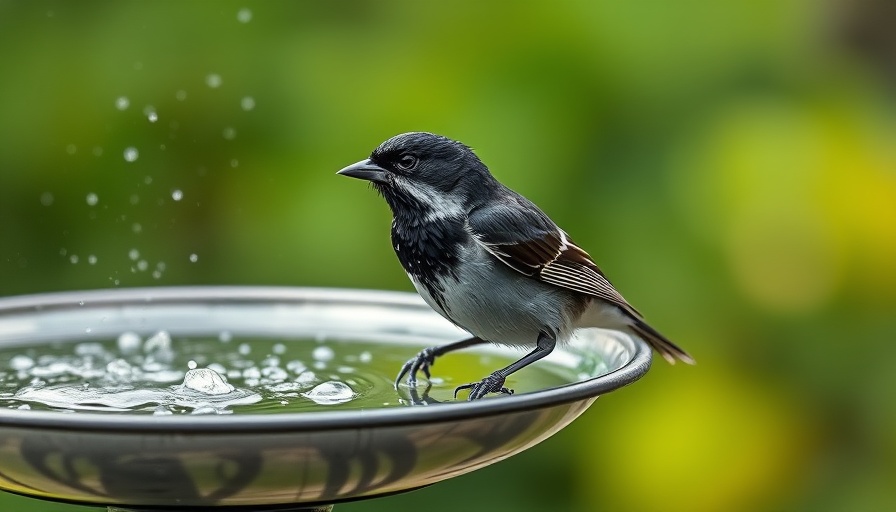
Understanding the Bird Flu's Reach: What It Means for Champaign County
The recent surge in avian influenza (HPAI) has raised concerns across the nation, particularly with reports of mass culling among poultry farms and potential spills over into other species, including cattle and, in rare cases, humans. However, in Champaign County, the impact differs significantly, largely due to the absence of large-scale poultry farming. Despite this, the virus remains a concern, as highlighted by local health officials.
Local Wildlife and Its Vulnerability
Dr. Stephany Lewis, director of the Wildlife Medical Clinic at the University of Illinois, suggests that while Champaign County has not faced outbreaks among domesticated birds, the virus is affecting local wildlife. Infected wild animals, such as hawks, have come into the clinic, prompting changes in intake procedures. These adjustments caution against human contact with sick or dying wildlife, which underscores the virus's potential threat within the ecosystem.
The Role of Climate in Disease Spread
Interestingly, warmer weather could play a vital role in limiting the spread of HPAI. According to Dr. Lewis, the virus survives more easily in colder temperatures, and with rising spring warmth, there may be a natural reduction in infections. This provides a glimmer of hope for both wildlife and residents of Champaign County.
Public Health Measures in Response
While Champaign County has remained free of poultry and human infections so far, health officials stress the importance of vigilance. Residents are encouraged to report any instances of five or more dead birds to the authorities, helping to monitor any emerging threats. Past experiences with bird flu have shown that waterfowl can be key players in spreading the virus, necessitating public cooperation in safeguarding both wildlife populations and community health.
Future Outlook and Biodiversity Concerns
The spread of HPAI is particularly alarming as it has shown a tendency to affect various species that were previously resistant to past outbreaks. Species currently at risk include not just wild birds but also marine mammals like seals and dolphins. Conservationists warn that this could have a devastating impact on already threatened species, such as the whooping crane, which further illustrates the intricate web of ecology that exists in nature.
Actions You Can Take
Residents should avoid unnecessary contact with wildlife and report unusual die-offs when spotted. By doing so, they participate in the crucial effort to curb HPAI’s potential escalation. Maintaining the health of local ecosystems requires communal responsibility and awareness.
In summary, while Champaign County has so far escaped significant direct impacts from avian flu outbreaks, the ongoing vigilance against wildlife infections and the public’s proactive measures will be pivotal in navigating this complex public health concern.
 Add Row
Add Row  Add
Add 




Write A Comment